5. Jackie Brown (1997)
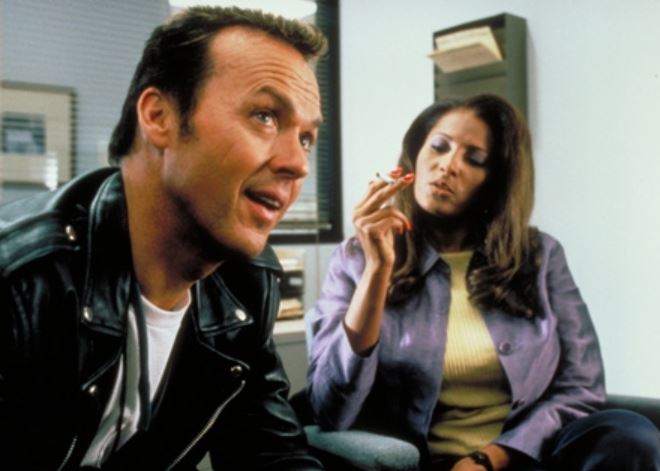
There’s no such thing as an underrated Quentin Tarantino movie. But in hindsight, it does come as a surprise to remember the lukewarm reception to Jackie Brown upon release. The film came at a unique stage of the director’s career, fresh off True Romance and Pulp Fiction where his public rep was at an all-time high. Simply put, nobody could get enough of Tarantino in the late 90’s, and expectations were through the roof for him to follow it up with yet another pop-culture juggernaut.
For the chunk of his fanbase holding out for another transgressive puzzle box in the same vein as Pulp or Dogs, a middle-aged romance came a bit out of left field. True, the film presents itself as an unrelenting blaxploitation flick at first, but soon reveals its true colors as a breezy hangout movie. Detractors immediately dismissed it as an uninspired retreat or, worse, proof that the Tarantino-mania was at last coming to an end. Far from it, Jackie Brown is a refreshing detour that offers two of the strongest characters in his oeuvre—not pastiche caricatures but fleshed-out human beings with tangible sensibilities.
The fact that the film never loses sight of the emotional backbone gluing it together contributes to the way it’s aged like fine wine. One can only wonder how Tarantino’s career would have fared had he taken up more daring adaptations like this.
4. Kill Bill (2003-2004)
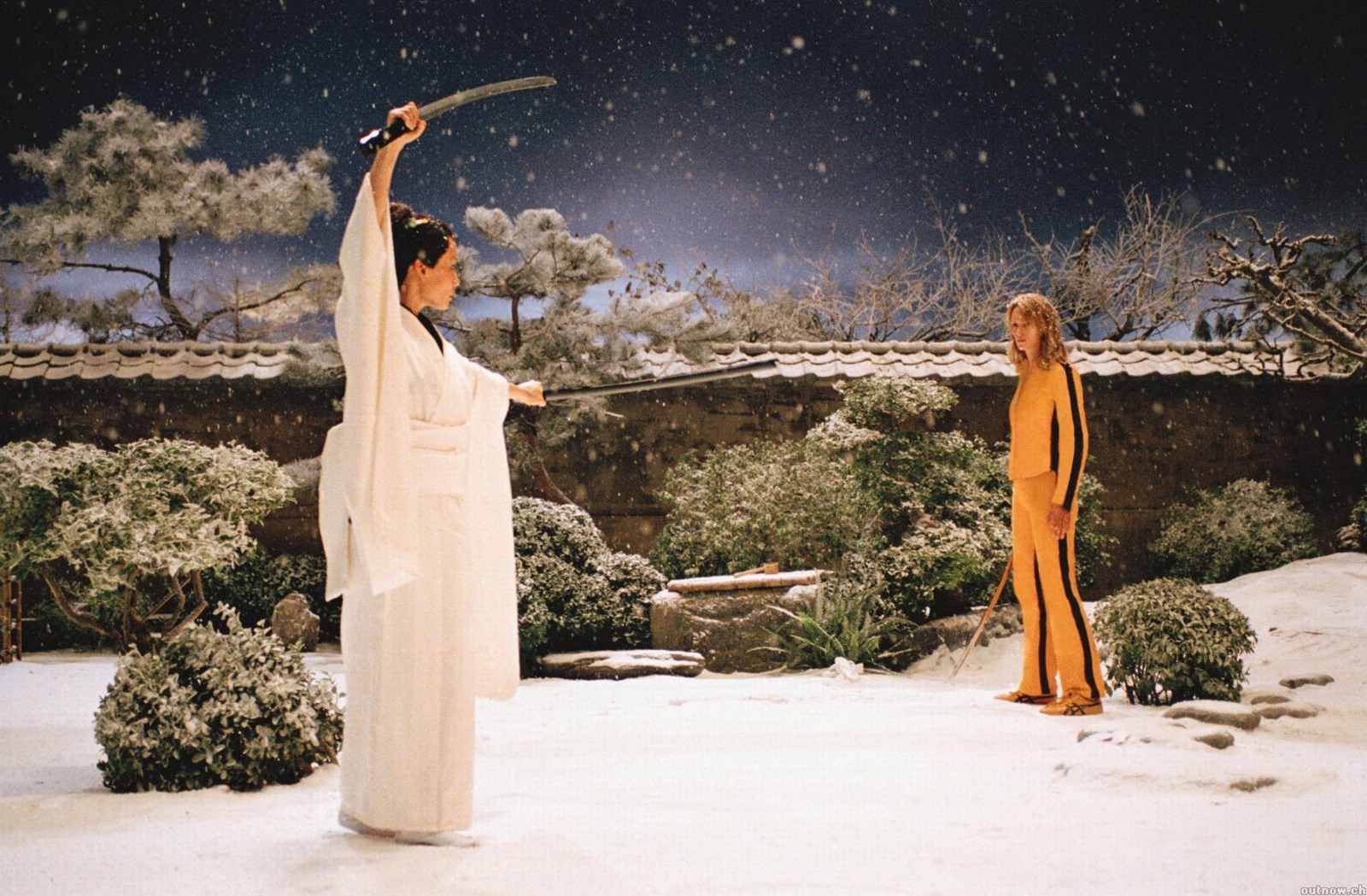
For all practical purposes, we’re going to side with Tarantino here and consider Kill Bill a singular entity—one sprawling story that was split in two volumes in order to be commercially viable. Many suspect this is something of a loophole he’s come up with in order to delay his self-imposed retirement, but to his credit, Kill Bill was originally conceived as a 4-hour epic extravaganza. In fact, the director himself has screened the full cut—widely known now as The Whole Bloody Affair—both at the New Beverly Cinema he owns in downtown LA and in Cannes festival.
If Quentin Tarantino’s career was a rock-and-roll song, then Kill Bill would be his electrifying guitar solo. It’s a film raging with the sense of urgency of a filmmaker still hungry to prove all of his doubters wrong but seasoned enough to be in full command of his craft. Paying homage to the wuxia genre and samurai period pieces—in particular Toshiya Fujita’s Lady Snowblood—this blood-soaked revenge tale follows a sword-wielding heroine clawing her way to retribution. Tarantino cleverly conceals information, using non-linear flashbacks to gradually shed light on her backstory and keep the audience guessing.
As an exercise on hyper-stylized violence, Kill Bill is a morbidly exhilarating affair. To this day it still feels as fresh and exciting as it once was—a film so overwhelming in terms of sheer entertainment value that it’s easy to brush off any plot contrivance that may come with it.
3. Inglourious Basterds (2009)
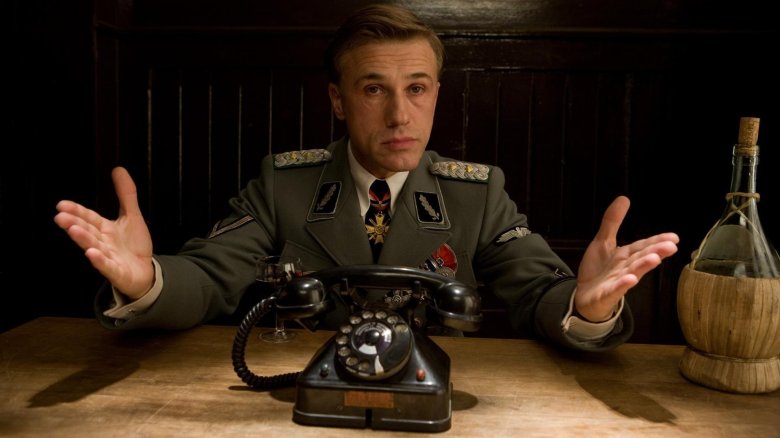
Following the somewhat disappointing Death Proof, you’d hear some rumblings about Tarantino that insinuated that age had finally caught up to him. By 2009, he was a full-time resident in Hollywood’s establishment, no longer the iconoclastic outsider destined to break it open. So naturally, many fans wondered if the director had lost the same edge that got him there in the first place. Needless to say, all of these doubts were put to rest within the first fifteen minutes of his latest, Nazi-scalping thriller.
Right from the enthralling opening scene that masterfully sets up the tone for the rest of the movie, everyone knew they were in for a treat. Basterds was a decades-in-the-making where Tarantino pulled all the tricks up his sleeve and kept the pedal to the metal until the credits started rolling.
It also marked the first time he’d try to rewrite history to his liking, in this case putting his own spin on WWII by following a ragtag of soldiers in Nazi-occupied France. Such an over-the-top dark comedy could’ve gone wrong in so many different ways—for starters, the film could’ve easily got carried away in the cartoonish gore. But Basterds wears its self-aware silliness like a badge of honor and though it clocks in just north of 2.5 hours, the story keeps unfolding at breakneck speed without losing a step. In terms of scope and execution, it’s hard to argue Tarantino has ever reached the same heights again.
2. Reservoir Dogs (1992)
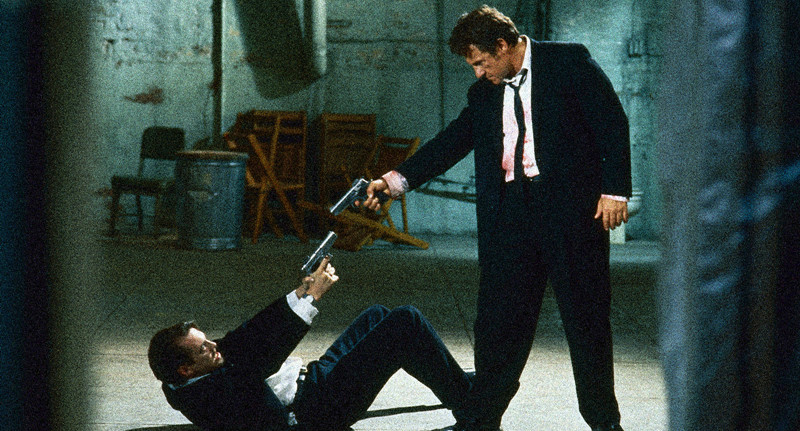
Eight men in suits walk into a bar and start talking about Madonna. Don’t be looking for a punchline, because this isn’t the set-up to a joke but rather, to the scene that pretty much single-handedly reshaped American cinema.
History had taught us that, for the most part, even the best auteurs had to endure some growing pains during the early stages of their careers before truly coming to their own. That’s why, to this day, it’s still baffling to think how a 29-year-old Tarantino burst onto the scene unannounced, turning a film made on a shoestring budget into a pivotal moment in contemporary cinema.
You’d have to go all the way back to 1960 and Jean-Luc Godard’s first film (Breathless) to find a feature debut as groundbreaking as the one Tarantino put together in ’92. Fast forward to almost thirty years later and it’s hard to gauge how Reservoir Dogs essentially functioned as a cultural reset of sorts. Right from the get-go, the movie lets you know that all bets are off—‘Like a Virgin’, tipping waiters… These characters were having the same trivial conversations you’d actually have with your friends. In just under 100 minutes, Tarantino upended every generic convention and democratized highbrow and lowbrow filmmaking by lumping them together under one banner.
This is without mentioning the clever nonlinear chronology, iconic needle drops or off-kilter dialogue that laid the groundwork to all the films that followed. For better or worse, there will never be another Reservoir Dogs.
1. Pulp Fiction (1994)
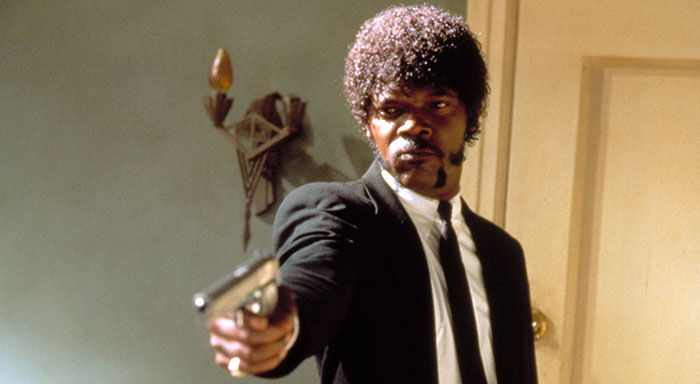
No surprises here. If Reservoir Dogs marked the arrival of a generational talent, Pulp Fiction officially established Tarantino as one of the defining filmmakers of his era. The film instantly entered cultural lexicon and has held onto its place in our collective consciousness as fiercely as any in recent memory.
Heroin overdoses, diner stick-ups, sadomasochist dungeons, dancing contests… Pulp Fiction is an explosive mix of pop-culture references, snappy dialogue and dark comedy all blended into a chaotic cocktail of pure Americana. From blink-and-you-miss-it references coming at full speed, three interlocking stories and an elliptical chronology that keeps throwing curveballs at the audience—Pulp Fiction was a rollercoaster like no other. You can take it as a frivolous exercise completely desensitized to its own violence, a postmodern thesis on nihilism, a self-examination of our relationship with entertainment or as neither. Regardless, Tarantino is firing on all cylinders, operating at such an insane level of confidence that the film not only grabs your attention—it demands it outright.
Is a film allowed to do that? This was the knee-jerk reaction for many viewers back then. Pulp Fiction injected a breath of fresh air by proceeding to throw every notion or trope we’d come to expect out of the window. Here came a movie so captivating that it had no regard for the established rules, but rather, seemed to be rewriting them on the fly.
After all, there’s a reason why, 25 years later, we still return religiously to Pulp Fiction, theorize on the content of the briefcase, discuss foot massages and French hamburgers or recite its dialogue like gospel.